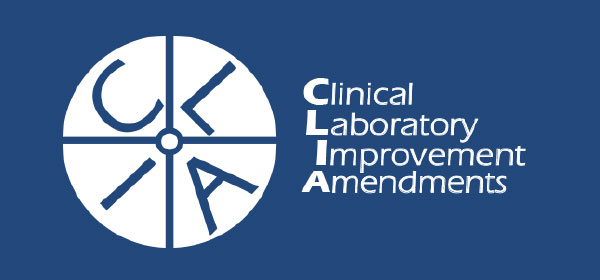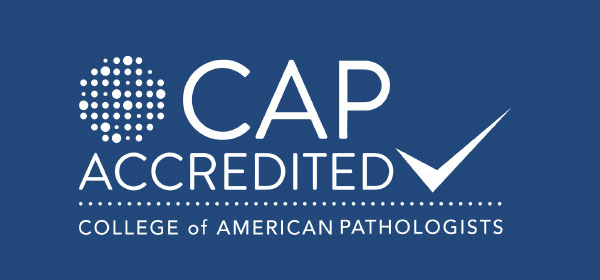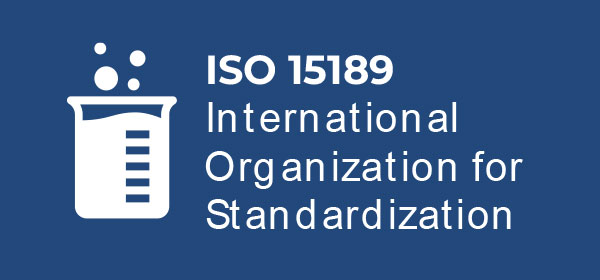Alzheimer’s Disease
Evaluation Profile
Alzheimer’s Disease
Evaluation Profile
Overview
Alzheimer’s disease (AD) is a progressive neurodegenerative condition responsible for 50%–60% of dementia cases.1 It is marked by cognitive decline and behavioral changes. Early pathological indicators, such as the accumulation of β-Amyloid plaques and Tau neurofibrillary tangles, can be identified decades before symptoms emerge.2 Advanced biomarkers now enable earlier and more precise detection of these changes, improving the diagnosis and management of Alzheimer’s disease.3
Cerebrospinal Fluid (CSF) biomarker testing provides a reliable alternative to amyloid PET imaging, with approximately 90% concordance between the two methods4. This testing enhances diagnostic accuracy and empowers clinicians to make more informed decisions5. Early diagnosis allows patients and caregivers to prepare for the future, access emerging therapies, and adopt lifestyle interventions that may help preserve cognitive function.6 By identifying the underlying cause of symptoms early in the disease process, advanced biomarker testing offers patients and their families reassurance while enabling better care and access to innovative treatment options7,8
Test Description
The Alzheimer’s Disease Evaluation Profile measures ß-Amyloid 1-42 (Abeta42), Total Tau (tTau), and Phospho Tau 181 (pTau-181) in CSF. These values are used to calculate the tTau/Abeta42 and pTau-181/Abeta42 ratios. The profile assists in differentiating Alzheimer’s disease from other causes of cognitive decline, enables early detection in patients with mild cognitive impairment (MCI), and facilitates the monitoring of disease progression or response to treatment.9,10,11
Methodology
Electrochemiluminescence Immunoassay (ECLIA)
Specimen Requirements
| Specimen | Cerebrospinal Fluid (CSF) |
| Volume | 2.5 mL |
| Container | Sarstedt CSF Low Bind False Bottom |
| Collection |
|
| Stability and Transport | Samples should be shipped in low-bind polypropylene tubes. Transport at room temperature (up to 5 days), refrigerated (up to 14 days), or frozen (-20°C) for long-term storage (up to 8 weeks). |
| Causes for Rejection | Hemolyzed CSF samples that are visibly colored red and samples received in any tube other than the CSF tube 63.614.625 (Sarstedt) will be rejected. |
Turnaround Time
Results are typically available within 10-14 days.
Interpretation
The Alzheimer’s Disease Evaluation Profile provides critical insights to support clinical evaluations. A negative result, defined as a pTau181/Abeta42 ratio value below the cutoff or a tTau/Abeta42 value above the measuring range, is consistent with a negative amyloid positron emission tomography (PET) scan result. This reduces the likelihood that a patient’s cognitive impairment is due to Alzheimer’s disease (AD).1,2
A positive result, defined as a pTau181/Abeta42 or tTau/Abeta42 ratio value above the cutoff, is consistent with a positive amyloid PET scan result. However, a positive result does not establish a diagnosis of AD or any other cognitive disorder3,4. A positive pTau181/Abeta42 ratio result in CSF does not establish a diagnosis of Alzheimer’s disease (AD) and should always be interpreted in conjunction with clinical information.4,11
The pTau181/Abeta42 and tTau/Abeta42 ratio results are used as an adjunct to other clinical diagnostic evaluations, enhancing the specificity and confidence of early diagnoses.4,5
Clinical Validation and Performance
The Elecsys pTau181/Abeta42 and tTau/Abeta42 ratios are clinically validated and FDA-approved for assessing amyloid pathology in cerebrospinal fluid (CSF). These assays demonstrate high concordance with amyloid PET imaging, offering clinicians a reliable alternative for detecting pathological changes associated with Alzheimer’s disease (AD).11,12,13 Clinically validated cutoffs for these ratios are as follows:
| Ratio | Positive Cutoff (+) | Negative Cutoff (-) | Positive Percent Agreement (PPA) | Negative Percent Agreement (NPA) | Overall Percent Agreement (OPA) |
| Elecsys pTau181/Abeta42 | >0.023 | ≤0.023 | 88.2% (84.4–91.2) | 92.6% (89.1–95.1) | 0.2% (87.7–92.3) |
| Elecsys tTau/Abeta42 | >0.028 | ≤0.028 | 85% (80.9–88.4) | 94% (90.7–96.2) | 89.2% (86.5–91.3) |
*The 95% confidence intervals (CIs) for these values were calculated using the Wilson score method for binomial proportions13.
References: 1. World Health Organization. Dementia. March 15, 2023. Accessed March 17, 2025. https://www.who.int/news-room/fact-sheets/detail/dementia 2. Jack CR Jr, et al. Lancet Neurol. 2010;9(1):119-128. doi:10.1016/S1474-4422(09)70299-6 3. Jack CR Jr, et al. Alzheimers Dement. 2018;14(4):535-562. doi:10.1016/j.jalz.2018.02.018 4. Rabinovici GD, et al. JAMA. 2019;321(13):1286-1294. doi:10.1001/jama.2019.2000 5. Cognat E, et al. BMJ Open. 2019;9(5):e026380. doi:10.1136/bmjopen-2018-026380 6. Alzheimer’s Association. Importance of Early Diagnosis. Accessed March 17, 2025.
https://www.alzint.org/about/symptoms-of-dementia/importance-of-early-diagnosis/ 7. Hansson O, et al. Alzheimers Dement. 2018;14(11):1470-1481. doi:10.1016/j.jalz.2018.01.010 8. Blennow K, et al. Alzheimers Dement. 2015;11(1):58-69. doi:10.1016/j.jalz.2014.02.004 9. Sabbagh MN, et al. Neurol Ther. 2017;6(Suppl 1):83-95. doi:10.1007/s40120-017-0069-5 10. Alzheimer’s Association International Guidelines. Recommendations on pre-analytical sample handling for CSF testing (accessed February 9, 2024). 11. Elecsys Method Sheet: ms_08821941190, ms_08846693160, ms_08846685190. 12. FDA Approval Documentation: Elecsys pTau181/Abeta42 and tTau/Abeta42 assays for amyloid pathology assessment in CSF. 13. BIOFINDER and ADNI Studies: Validation data supporting clinical cutoffs and performance metrics.







